Economy
Foreign reserves falls by $1.3bn, CBN confirms
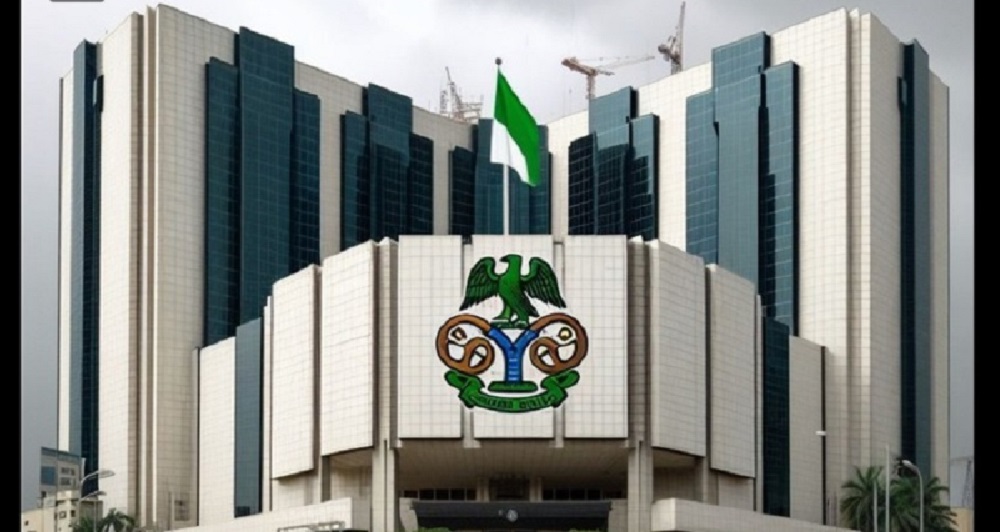
Nigeria’s foreign exchange reserves fell by $1.31bn in February 2025, reflecting sustained external pressures amid the recent appreciation of the naira.
Data from the Central Bank of Nigeria showed that reserves declined from $39.72bn on January 31, 2025, to $38.42bn on February 28, 2025, representing a 3.3 per cent drop within the month.
The decline in February was slightly higher than the $1.16bn drop recorded in January, highlighting the continued strain on the country’s external reserves.
The steady depletion of reserves has raised concerns amid rising speculations that the apex bank’s sustained interventions in the foreign exchange market, aimed at bridging liquidity gaps and stabilising the naira, have come at the cost of reducing external reserves.
Despite this, the local currency strengthened significantly against major foreign currencies in February, suggesting that the CBN’s efforts have had some positive impact in restoring confidence in the market.
Nigeria’s reserves recorded a consistent decline throughout February, with no single day of increase.
At the beginning of the month, reserves stood at $39.60bn on February 3, dropping to $39.54bn on February 4, signalling the start of a downward trend.
By February 7, reserves had fallen to $39.04bn, slipping further to $39.27bn on February 10.
The downward trajectory persisted into the second week of the month, with reserves standing at $39.15bn on February 12 and declining to $38.88bn by February 17.
By the third week of February, reserves had weakened further, dropping to $38.72bn on February 19 and $38.69bn on February 21.
As the month drew to a close, reserves had further declined to $38.41bn on February 28, reflecting a continuous downward trend throughout the month.
The fall in reserves has been attributed to multiple factors, including Nigeria’s heavy dependence on imports, which exerts pressure on foreign exchange reserves.
The country remains highly reliant on imports of industrial goods and food supplies, leading to high FX outflows.
Although oil prices have rebounded in recent months, Nigeria’s oil production challenges, crude theft, and pipeline vandalism have constrained forex inflows from the oil sector, limiting the CBN’s ability to shore up reserves.
The depletion of external reserves has also raised concerns over Nigeria’s capacity to meet external debt obligations.
The country holds significant foreign debt, and a further decline in reserves could weaken its ability to make timely debt repayments, potentially increasing borrowing costs.
A lower reserve level could also affect Nigeria’s credit rating and investor confidence, making it more expensive for the government to access international capital markets.
Despite the steady decline in reserves, the naira made notable gains against major foreign currencies in February, marking its strongest performance since the beginning of the year.
By the end of the month, the naira appreciated against the US dollar, closing at N1,540/$ from N1,620/$ at the start of the month, reflecting a 7.41 per cent gain.
It also strengthened against the British pound, rising from N2,000/£ to N1,910/£, marking a 4.50 per cent increase. Similarly, the naira appreciated against the euro, improving from N1,660/€ to N1,550/€, showing a 6.34 per cent gain.
The official exchange rate followed a similar trend, stabilising above N1,500/$ in the final weeks of February.
Data from the Nigerian Autonomous Foreign Exchange Market showed that the naira closed at N1,496/$ at the official window, narrowing the gap between the official and parallel market rates.
The convergence of the official and parallel market exchange rates indicates that Nigeria may be moving towards a unified forex market, reducing the speculation and arbitrage that have previously contributed to forex volatility.
Economy
75.5% of rural Nigerians now live below poverty line — World Bank
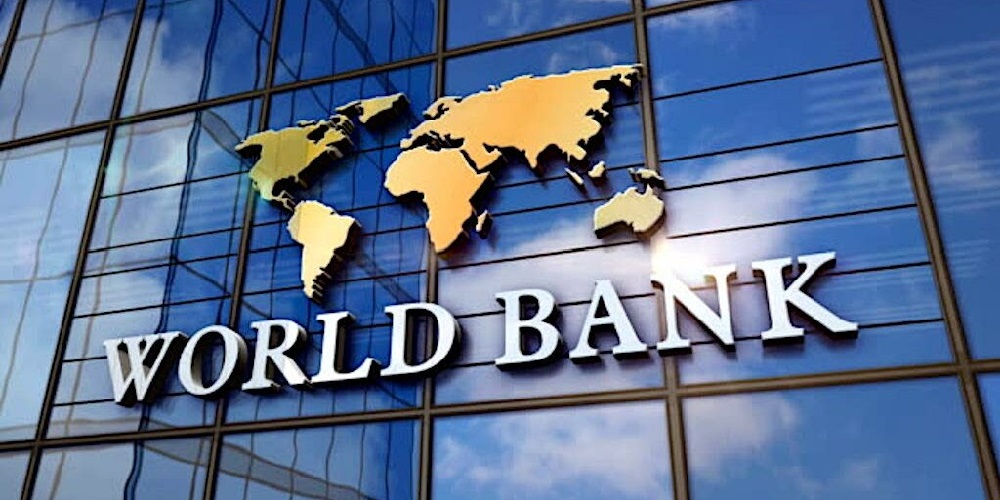
The World Bank has disclosed that a staggering 75.5 per cent of rural Nigerians are now living below the poverty line, reflecting deepening hardship in the country’s hinterlands.
This was revealed in the Bank’s April 2025 Poverty and Equity Brief for Nigeria, which paints a grim picture of worsening economic hardship, widening inequality, and persistent underdevelopment across much of the nation.
While poverty is widespread among urban populations, the report emphasised that the situation is significantly worse in rural areas, where economic stagnation, high inflation, and insecurity have exacerbated living conditions.
“Based on the most recent official household survey data from Nigeria’s National Bureau of Statistics, 30.9 per cent of Nigerians lived below the international extreme poverty line of $2.15 per person per day in 2018/19 before the COVID-19 pandemic,” the report stated.
The report also highlighted Nigeria’s enduring regional disparities. “Nigeria remains spatially unequal. The poverty rate in northern geopolitical zones was 46.5 per cent in 2018/19, compared with 13.5 per cent for southern ones. Inequality measured by the Gini index was estimated at 35.1 in 2018/19.
“Nigeria’s Prosperity Gap — the average factor by which individuals’ incomes must be multiplied to attain a prosperity standard of $25 per day for all — is estimated at 10.2, higher than most peers.”
Despite successive policy interventions, these figures underscore a persistent economic divide across the country.
The report’s demographic analysis found that children aged 0 to 14 years had a poverty rate of 72.5 per cent, reflecting the scale of deprivation among the youngest segment of the population.
Gender disparities were also observed, with 63.9 per cent of females and 63.1 per cent of males classified as poor under the $3.65 per day lower-middle-income threshold.
Education emerged as a significant determinant of poverty, with Nigerians lacking formal education experiencing a poverty rate of 79.5 per cent. This contrasts with 61.9 per cent for those with primary education and 50.0 per cent for secondary school graduates. Only 25.4 per cent of those with tertiary education were considered poor.
The report also drew attention to multidimensional poverty indicators, which further reflect widespread deprivation.
According to the World Bank, about 30.9 per cent of Nigerians live on less than $2.15 daily, 32.6 per cent lack access to limited-standard drinking water, 45.1 per cent do not have limited-standard sanitation, and 39.4 per cent have no electricity.
Education access remains a challenge, with 17.6 per cent of adults yet to complete primary education, and 9.0 per cent of households reporting at least one school-aged child not enrolled in school.
The report noted that even before the COVID-19 pandemic, efforts to reduce extreme poverty had largely stalled.
“Before COVID-19, extreme poverty reduction had almost stagnated, dropping by only half a percentage point annually since 2010. Living standards of the urban poor are hardly improving, and jobs that would allow households to escape poverty are lacking,” the report read.
Although the World Bank acknowledged recent economic reforms aimed at stabilising Nigeria’s macroeconomic outlook, it warned that persistently high inflation continues to undermine household purchasing power, particularly in urban areas where incomes have not kept pace with rising costs.
In light of the worsening situation, the Bank called for urgent policy action to shield vulnerable groups from inflationary shocks and to drive job creation through more productive economic activities.
Economy
Naira Records Marginal Decline Against Dollar at Official Market

The Nigerian naira experienced a mild drop in value on Friday, closing at ₦1,602.18 per dollar in the official foreign exchange market, based on figures released by the Central Bank of Nigeria (CBN).
This marks a decrease of ₦5.49 from the rate of ₦1,596.69 recorded on April 30, the last trading day before the May 1 Workers’ Day holiday—indicating a depreciation of approximately 0.34%.
Earlier in the week, from Monday to Wednesday, the naira remained relatively stable, exchanging at ₦1,599.95, ₦1,599.71, and ₦1,596.69 respectively.
Although the local currency showed some consistency mid-week, it wrapped up the week with a loss, following a sligh dip of 0.02% at the beginning of the week
Economy
Black Market Dollar hits N1,610 Amid Economic quagmire

What is the Dollar to Naira Exchange Rate in the Black Market (Also Known as the Parallel Market or Aboki FX)?
Below is the black market exchange rate for the U.S. dollar to the Nigerian naira as of Thursday, May 1, 2025. These are the typical rates at which you can exchange dollars for naira:
Dollar to Naira Black Market Exchange Rate (May 1, 2025):
At the Lagos Parallel Market, also referred to as the black market, Bureau De Change (BDC) operators are buying dollars at ₦1,602 and selling at ₦1,610, according to market sources.
Please note: The Central Bank of Nigeria (CBN) does not recognize or endorse transactions conducted on the parallel market. The CBN advises individuals and businesses seeking foreign exchange to use official banking channels.
-

 Opinion18 hours ago
Opinion18 hours agoRIVERS, WIKE, FUBARA, AND THE WAY FORWARD
-
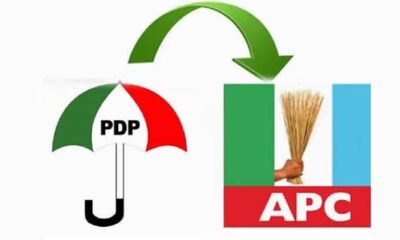
 Politics16 hours ago
Politics16 hours agoJust in: Delta PDP Reps members defect to APC
-

 News22 hours ago
News22 hours agoVDM may be released on Tuesday
-

 News19 hours ago
News19 hours agoNANS Barricades Lagos-Ibadan Expressway Over Alleged NELFUND Mismanagement
-
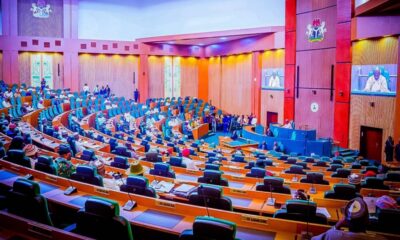
 News15 hours ago
News15 hours agoTension As Lawmakers Warns of Public Revolt Over Insecurity
-

 News19 hours ago
News19 hours agoCourt bans Nnamdi Kanu’s in-law from 3 proceedings over live streaming
-

 News14 hours ago
News14 hours agoEdo Speaker, Two Other Lawmakers, Formally Join APC
-
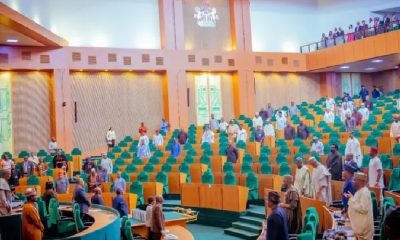
 News15 hours ago
News15 hours agoRep Raises Alarm After Deadly Attacks In Borno, Says Boko Haram Is Returning Stronger





